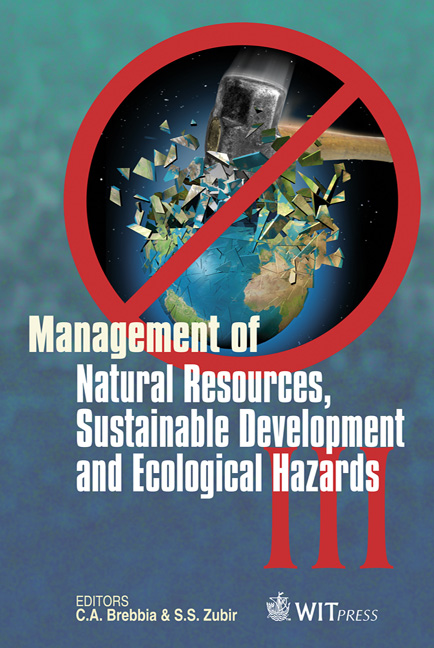Air Quality For A Sustainable California, U.S.-Baja California, Mexico Border Region
Price
Free (open access)
Transaction
Volume
148
Pages
12
Page Range
439 - 450
Published
2011
Size
865 kb
Paper DOI
10.2495/RAV110401
Copyright
WIT Press
Author(s)
M. Quintero-Núñez, G. Muñoz-Meléndez, S. Ahumada-Valdez, R. García-Cueto & S. Ojeda-Benítez
Abstract
Air pollutants move freely across political borders. Because of physical conditions such as topography, geomorphology and weather, border communities share common air sheds or air basins that are characterized by changing wind patterns depending on the season. Wind is the means of transport of air pollutants, and thus any human activity that generates pollutants on one side of the border will have an impact on the other side. Many border residents are currently exposed to health-threatening levels of air pollution by the presence of substances such as particulate matter (PM10 and PM2.5), ozone (O3), carbon monoxide (CO), nitrogen dioxide (NO2) and sulfur dioxide (SO2). This situation has created concerns on both sides of the border, and the U.S Environmental Protection Agency (EPA) and the Mexico’s National Institute of Ecology (Instituto Nacional de Ecologia-INE) have developed regional strategies to improve air quality based on separate but similar national ambient air quality standards. The objectives of this paper are to describe the current state of binational air quality and to analyze what is needed to be done to make the environment of the CA-BC border region sustainable. Keywords: air quality, sustainability, CA-BC border region, common airshed, air pollutants, environment.
Keywords
air quality, sustainability, CA-BC border region, common airshed, air pollutants, environment





